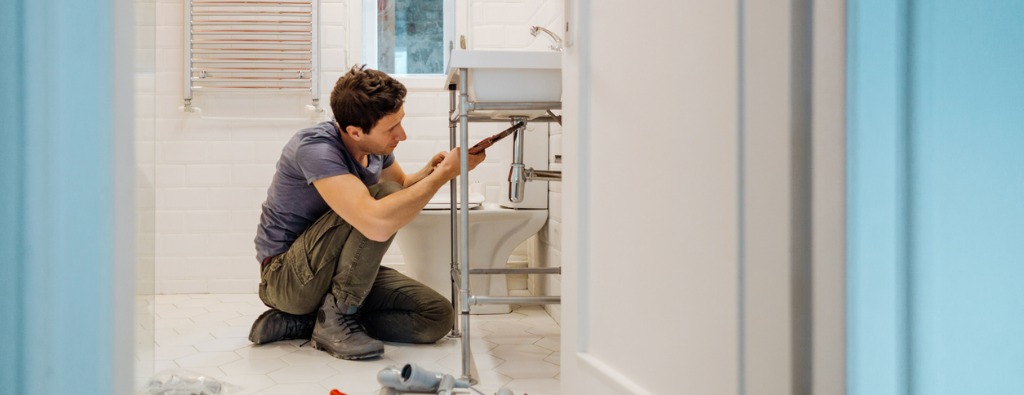
Build Your Home-Repair Plan
Annual home repair costs can really add up. Whether you are a new or longtime homeowner, building repairs and maintenance costs into your financial plan is a must to prevent nasty surprises from derailing your budget.
Why you should budget for home repairs
Even new homes are going to need repairs and issues just have a way of popping up at inopportune times. Try not to fall into the trap of thinking you won’t need money for repairs or maintenance for a while because your home seems fine now. That could come back to hurt you in the case of an emergency where you need to take out costly loans or put repair bills on a credit card.
Also remember that performing routine maintenance now can actually save you a lot of money since it can help you to avoid the huge problems that neglect can cause down the road. Plus, making improvements can help increase the value of your home, which will help when you want to sell the home or take out equity later.
The 1% Rule - Estimating your upcoming needs
A common shorthand way of figuring home repair needs is to put at least 1% of your home’s value each year toward repairs and maintenance. For example, if your home is worth $150,000, you should try to put $1,500 per year, or $125 per month, into savings for home upkeep. This is often done in addition to your personal emergency fund, which should be kept in a savings account you can easily access.
The 1% Rule is a handy guideline, but the amount you choose to save largely depends on the condition of your home and the severity of any potential issues. Owners of older homes, for instance, may want to aim to save 3-4% of their home’s value each year. The same goes for homeowners who know they’ll be dealing with an aging roof, water damage, aging mechanicals or structural issues in the near future.
What you can do right now
If you’ve already created a household spending and savings plan, you don’t need to completely redo it to be prepared for these types of expenses. Here are some thoughts to get you started.
- Start by reviewing your home’s estimated value and the items on your maintenance list. Don’t know where to start with home maintenance? Use your home inspection report as a starting point. Then move onto each of your home’s basic elements: plumbing, heating/cooling, electric, appliances, landscaping, etc.
- Examine your current spending plan and see where you can relocate money to give you some added security. For instance, you may be able to save a little extra by meal planning before grocery shopping to rein in your food costs.
- Set a monthly contribution goal based on your annual needs. If you can’t meet the monthly goal right away, don’t fret. Putting even a small amount each month toward eventual fixes is far superior to saving nothing. You may even want to consider opening a dedicated savings account for home expenses.
- If you’re planning more extensive home improvements but don’t necessarily have lots of equity in your home yet, you may want to explore alternative financing options to help afford larger renovations without emptying your bank account.
- If you don’t yet have a spending and savings plan, start listing out all your personal and home expenses, your income and the amount needed to meet any have. Compare those figures to determine your monthly budget and help set saving targets.
- Develop a checklist of your monthly, seasonal and annual home chores to help you stay on top of regular maintenance. This might mean remembering to clean the gutters in the fall or have your central air serviced each spring before the heat comes. Not only can this help prevent higher cost repairs, but you can compare it with your budget so you can better plan for your repair expenses.
Summary
Annual maintenance and repairs are often overlooked by homeowners when building their spending and savings plans. But that can lead to paying high-interest loans or credit cards in the event of an emergency. Every home will need maintenance, no matter how new it is. The best way to be prepared for routine and emergency home repairs is to build it into your existing budget. By starting with a simple goal, such as following the 1% Rule, you won’t need to rework your finances and can always adapt your strategy if your circumstances change.
